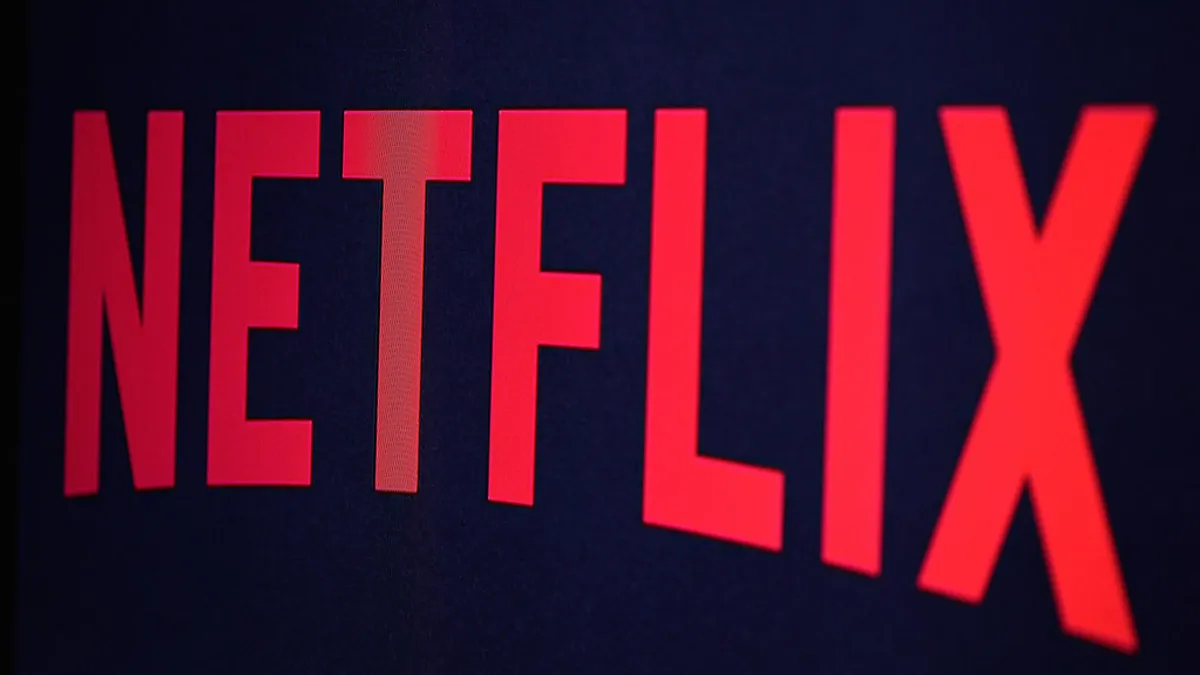Netflix executives said that the per member economics of its fledgling ad-supported tier are stronger than its standard, ad-free plan in the U.S. on a pre-taped call discussing first-quarter earnings. That’s a potentially promising sign now that the streamer is focused more on profitably over subscriber growth as the latter cools. Netflix only added 1.75 million new subscribers in Q1 to hit a total of 232.5 million globally. It lost subscribers over the same period last year.
While the company kept mum about exact user numbers and revenue stemming from the ad-supported business, it is introducing additional perks to the cheaper option to attract more viewers. Bloomberg in March reported that Netflix’s ad-supported offering surpassed 1 million monthly active users after about two months in market.
“[Overall], we are pleased with our kind of per member ad plan economics,” said Netflix Chief Financial Officer Spencer Neumann on the Q1 earnings call.
Netflix’s Basic with Ads tier, which launched in November at $6.99 per month, is upgrading its video quality to 1080p from the current 720p threshold, the company announced. Subscribers will also be able to watch two streams concurrently across the 12 markets where the ad-supported tier is available. The enhancements are now available in Spain and Canada.
While Netflix has big ambitions for its advertising business, promising it will bring a more innovative model to the connected TV landscape, executives reiterated it’s still in the “crawl” stage of a crawl, walk, run roadmap, echoing comments made on the last earnings call. Leadership previously stated it expects advertising will eventually drive at least 10% of total company revenue.
Recent advertising moves have centered on “brass tacks” pieces related to measurement, verification and targeting that marketers expect from a well-rounded platform, co-CEO Greg Peters said. Netflix in Q1 made solutions from DoubleVerify and Integral Ad Science more widely available and is working with Nielsen on implementing digital ratings.
Netflix has built out its advertising infrastructure and sales efforts with the help of global partner Microsoft. A report in Digiday last month indicated that the streamer is already considering different routes, including the possibility of in-housing more of its ad tech.
When questioned about the costs and timeline of Netflix’s ad-tech strategy, Neumann emphasized the firm is taking a deliberate approach, and that the financial burden of the Microsoft partnership and any in-house capabilities is “all very manageable.”
Netflix is scheduled to present in the thick of upfronts season in mid-May, competing with traditional TV’s vanguard for advertising dollars. Netflix is also contending with streaming rivals like Disney+, which rolled out an ad-supported service in December, and Max, the recently rebranded combination of Warner Bros. Discovery’s HBO Max and Discovery+ platforms.
Other tidbits from the Q1 earnings: Netflix is pushing back its password-sharing crackdown to later in the year and sunsetting its by-mail DVD rental business in September after 25 years.















